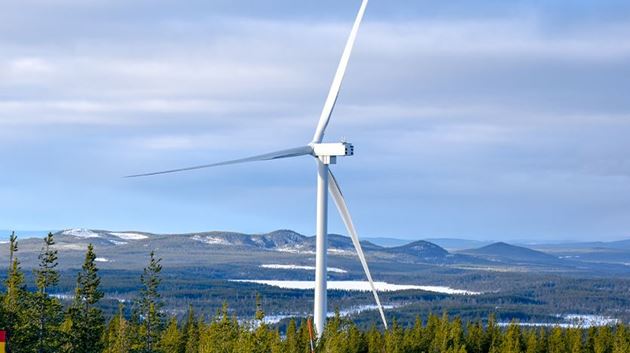The rise of wind energy in Sweden has been nothing short of remarkable. Over the past decade, the Scandinavian nation has made significant strides in harnessing the power of the wind to meet its energy needs. This promising trend has not only helped Sweden reduce its dependence on fossil fuels but also established the country as a global leader in renewable energy.
Sweden’s journey towards embracing wind energy began in earnest in the early 2000s when the government set ambitious targets for renewable energy production. Recognizing the potential of wind power, the government introduced a series of policies and incentives to encourage investment in the sector. These measures included tax breaks, feed-in tariffs, and grants for research and development. As a result, the wind energy sector in Sweden has experienced rapid growth, with installed capacity increasing from just over 200 MW in 2000 to more than 7,500 MW in 2020.
One of the key factors behind the success of wind energy in Sweden has been the country’s favorable geography and climate. With vast expanses of open land and a long coastline, Sweden is ideally suited for the development of both onshore and offshore wind farms. Moreover, the country’s northern location means that it experiences strong and consistent winds throughout the year, making it an ideal location for harnessing wind power.
Another factor that has contributed to the rise of wind energy in Sweden is the growing public support for renewable energy. Swedes are increasingly aware of the need to transition away from fossil fuels and embrace cleaner sources of energy to combat climate change and reduce air pollution. This has led to a surge in demand for renewable energy, with wind power emerging as a popular choice due to its low environmental impact and cost-competitiveness.
The growth of the wind energy sector in Sweden has also been driven by technological advancements. Over the past decade, there have been significant improvements in wind turbine technology, making them more efficient, reliable, and cost-effective. This has allowed wind energy to become increasingly competitive with traditional sources of power, such as coal and natural gas. In fact, the cost of wind energy in Sweden has fallen so dramatically that it is now one of the cheapest sources of electricity in the country.
The rise of wind energy in Sweden has not been without its challenges. One of the primary concerns has been the impact of wind farms on local communities and wildlife. To address these concerns, the Swedish government has implemented strict regulations governing the siting and operation of wind farms. These regulations require developers to conduct thorough environmental assessments and engage in extensive consultations with local communities before any new wind farm can be built.
Despite these challenges, the future of wind energy in Sweden looks bright. The government has set a target of producing 100% of its electricity from renewable sources by 2040, with wind power expected to play a central role in achieving this goal. To support this ambition, the government has announced plans to further expand its wind energy capacity, both onshore and offshore, in the coming years.
In conclusion, the rise of wind energy in Sweden is a promising trend that offers numerous benefits, including reduced dependence on fossil fuels, lower greenhouse gas emissions, and a more sustainable energy future. With continued investment in research and development, supportive government policies, and growing public support, wind energy is poised to play an increasingly important role in Sweden’s energy mix. As the world grapples with the urgent need to transition to a low-carbon economy, the Swedish example offers valuable lessons and inspiration for other countries looking to embrace the power of the wind.


